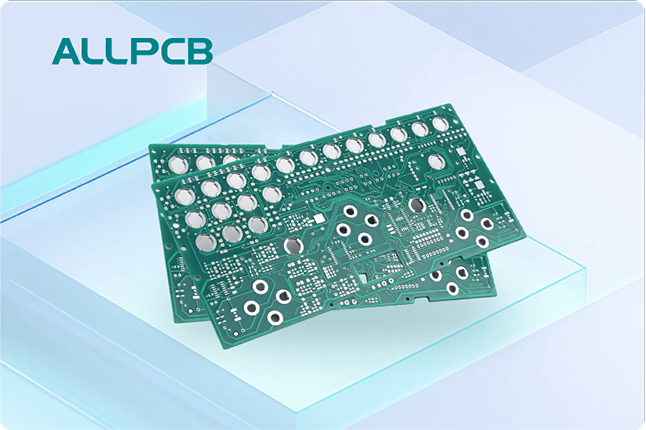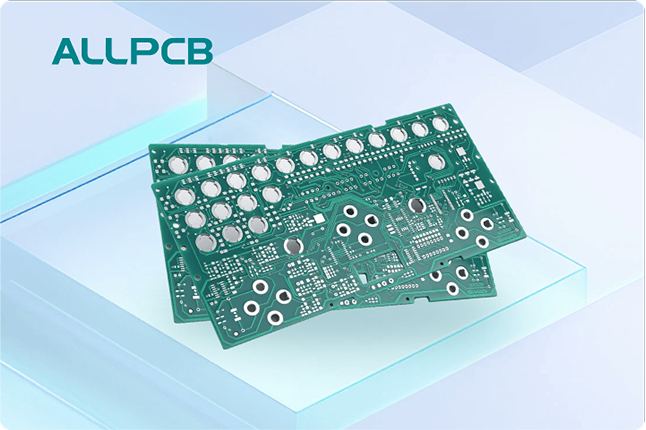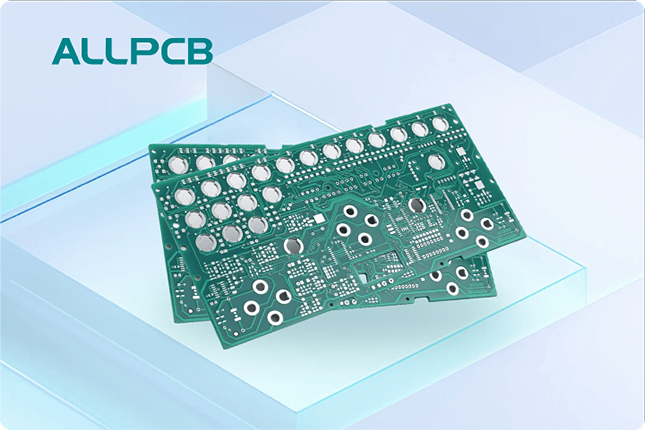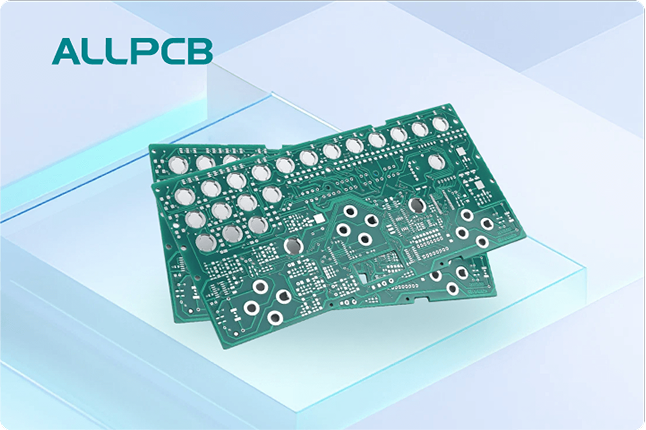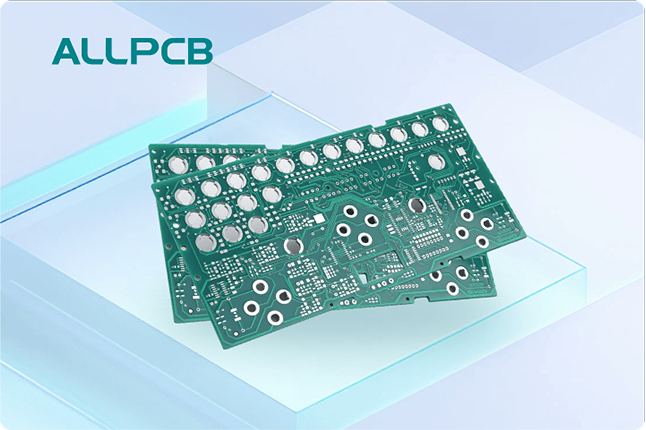When designing a printed circuit board (PCB), edge component placement plays a critical role in determining the most suitable Design for Manufacturability (DFM) panelization technique. For engineers and designers working on cost-effective solutions, especially for small designs, understanding how components near the board edges interact with methods like tab routing and mouse bite panelization can save time, reduce costs, and ensure a smooth manufacturing process. In this comprehensive guide, we’ll explore the importance of edge component placement and how it influences the choice between panelization techniques to optimize production efficiency and board integrity.
What Is Edge Component Placement and Why Does It Matter?
Edge component placement refers to the positioning of electronic components, such as capacitors, resistors, or connectors, close to the outer boundaries of a PCB. This design choice often arises due to space constraints, signal integrity requirements, or the need for accessible connections. However, placing components near the edges can create challenges during the panelization and depanelization stages of manufacturing.
Panelization is the process of arranging multiple PCB designs on a single panel to streamline production. Depanelization, on the other hand, is the separation of individual boards from the panel after assembly. If components are too close to the edges, they risk damage from mechanical stress during separation or interference with panelization techniques like tab routing or mouse bite panelization. Choosing the right DFM panelization method based on edge component placement ensures that your boards remain intact and functional while keeping production costs low, especially for small designs.
Understanding DFM Panelization Techniques
DFM panelization is a cornerstone of efficient PCB manufacturing. By grouping multiple boards into a single panel, manufacturers can reduce material waste, speed up assembly, and lower costs. However, the technique you choose must align with your design requirements, particularly when components are near the edges. Let’s break down the two primary panelization methods relevant to edge component placement: tab routing and mouse bite panelization.
Tab Routing: Precision for Complex Designs
Tab routing involves creating small connecting tabs between individual PCBs on a panel. These tabs hold the boards together during manufacturing and are later cut or broken to separate the boards. A routing tool cuts around the board’s outline, leaving these tabs intact until the final depanelization stage. This method often includes small perforations or "mouse bites" within the tabs to make separation easier.
Tab routing is ideal for designs with irregular shapes or when components are placed near the edges. It offers a cleaner separation with less mechanical stress compared to other methods, reducing the risk of damage to nearby components. However, it requires additional panel space for the tabs and routing paths, which can slightly increase costs and reduce panel utilization efficiency. For small designs, tab routing can still be cost-effective if edge components are a priority, as it minimizes stress on delicate parts.
Mouse Bite Panelization: Cost-Effective for Small Designs
Mouse bite panelization is a specific type of tab routing where small holes or perforations are drilled into the tabs. These perforations resemble tiny bite marks, hence the name "mouse bites." They allow for easier manual separation of boards without the need for specialized tools, making this method highly cost-effective for small designs or low-volume production runs.
This technique works well when edge components are not too close to the breakaway points, as the separation process can introduce minor mechanical stress. For designs with components within 0.1 inches (2.54 mm) of the edge, mouse bite panelization might require extra caution or protective measures to prevent damage. Despite this, it remains a popular choice for engineers looking to balance cost and efficiency in smaller projects.
How Edge Component Placement Influences Panelization Choices
The placement of components near the edges of a PCB directly impacts the feasibility and success of a chosen panelization technique. Here’s how it affects the decision between tab routing, mouse bite panelization, and other methods:
1. Mechanical Stress and Component Safety
Components placed within 0.05 to 0.1 inches (1.27 to 2.54 mm) of the board edge are at higher risk of damage during depanelization. For instance, tab routing with mouse bites can create localized stress at the breakaway points, potentially cracking solder joints or dislodging small surface-mount components like 0402 resistors. If your design includes edge components, tab routing without perforations or a more precise cutting method might be safer, though it could increase costs.
For small designs, where space is already limited, engineers often have no choice but to place components near the edges. In such cases, testing the depanelization process with a prototype panel can help identify potential issues. Adjusting the tab size or mouse bite hole diameter (typically 0.02 inches or 0.5 mm) can also reduce stress on nearby components.
2. Panel Space Utilization
Edge component placement can limit how closely boards are arranged on a panel. Tab routing requires additional clearance for the routing paths and tabs, which can reduce the number of boards per panel. If components overhang or are too close to the edge, manufacturers may need to increase the spacing between boards to avoid interference during routing, further impacting cost efficiency. Mouse bite panelization, while space-efficient, still requires careful planning to ensure breakaway points don’t overlap with component zones.
For cost-effective small designs, maximizing panel utilization is key. Designers should aim to maintain a minimum clearance of 0.08 inches (2 mm) between edge components and the board outline when using mouse bite panelization. This buffer helps balance space efficiency with manufacturing safety.
3. Signal Integrity and Electrical Considerations
In high-frequency designs, edge components like connectors or RF modules are often placed near the board perimeter to minimize signal path length. For example, a USB connector might be positioned at the edge to reduce trace length and maintain signal integrity at speeds up to 480 Mbps for USB 2.0. However, this placement increases the risk of damage during depanelization if the wrong panelization technique is used.
Tab routing offers a controlled separation process, making it a better choice for designs where signal-critical components are near the edge. The smoother edges after separation also reduce the chance of micro-cracks that could affect signal performance. Mouse bite panelization, while cheaper, may leave rougher edges that require post-processing, especially for sensitive applications.
Best Practices for Edge Component Placement in DFM Panelization
To ensure a seamless manufacturing process, follow these best practices when dealing with edge component placement and selecting a DFM panelization technique:
1. Maintain Adequate Clearance
Keep components at least 0.08 inches (2 mm) away from the board edge whenever possible. This clearance provides a safety buffer during depanelization, whether using tab routing or mouse bite panelization. For designs where this isn’t feasible, consult with your manufacturing partner to adjust tab placement or routing paths.
2. Choose the Right Tab Design
For tab routing, customize tab width and mouse bite hole spacing based on your design needs. A typical tab width of 0.2 inches (5 mm) with 3 to 5 mouse bite holes (0.02 inches or 0.5 mm in diameter) works well for most small designs. Wider tabs or fewer holes can increase stability but may make separation harder, while narrower tabs reduce material use but risk premature breaking.
3. Test with Prototypes
Before committing to a full production run, create a prototype panel to test the depanelization process. This step is especially important for small designs with tight tolerances or edge components. Evaluate the stress on components near the breakaway points and adjust the panelization method if needed.
4. Optimize for Cost-Effectiveness
For cost-effective small designs, prioritize mouse bite panelization when edge components are not directly adjacent to breakaway points. This method reduces tooling costs and simplifies separation, saving money on low-volume runs. If edge components are unavoidable, consider tab routing for precision, even if it slightly raises the cost per panel.
Comparing Tab Routing and Mouse Bite Panelization for Small Designs
Here’s a quick comparison to help you decide between tab routing and mouse bite panelization based on edge component placement and cost considerations:
- Tab Routing: Best for designs with edge components or irregular shapes. Offers cleaner separation and less stress on components but requires more panel space and higher tooling costs. Ideal when precision is critical.
- Mouse Bite Panelization: Most cost-effective for small designs with minimal edge components. Easy to separate manually but may introduce minor stress or rough edges. Best for budget-conscious projects with simpler layouts.
By weighing these factors, you can select the technique that aligns with your design goals and manufacturing budget.
Conclusion: Balancing Edge Component Placement with DFM Panelization
Edge component placement is a critical factor in choosing the right DFM panelization technique for your PCB design. Whether you’re working on cost-effective small designs or complex layouts with high-frequency components, understanding the interplay between placement and methods like tab routing and mouse bite panelization can make all the difference in manufacturing success. By maintaining proper clearances, customizing tab designs, and testing with prototypes, you can optimize both the performance and cost of your project.
At ALLPCB, we’re committed to helping engineers navigate these design challenges with expert guidance and tailored manufacturing solutions. Whether you’re focusing on edge component placement or seeking the most cost-effective panelization for small designs, our team is here to support your journey from concept to production. Start planning your next PCB project with confidence, knowing that the right panelization technique is just a step away.
 ALLPCB
ALLPCB


